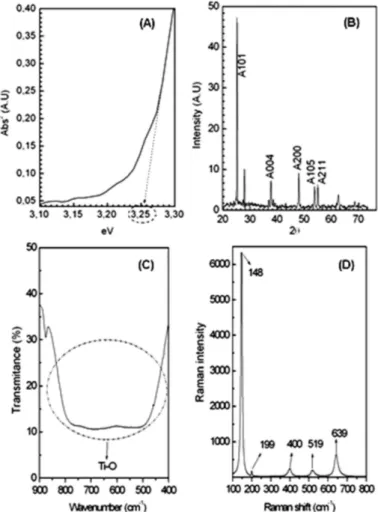Microbiology cell staining wastewater treatment using TiO2 thin films
Texto completo
Figure




Documento similar
Once analysed the possible use of dried sewage sludge from wastewater treatment plant in Prague, Czech Republic, in cement-based composites mix design, we can conclude that
In this research, a pure chalcopyrite mineral is leached at 25 ◦ C with the addition of manganese nodules as an oxidizing agent, and wastewater with a high con- centration of
In this investigation, the methodology of surface optimization will be applied to evaluate the effect of three independent variables (time, concentration of sulfuric acid and
In this work, concentration and recovery of high-added value phenolic compounds from two-phase olive-oil washing wastewater (OOWW) and parallel effluent treatment by a
In the previous chapters, APR was proposed as a potential route for valorisation and treatment of brewery wastewater, and although good results in terms of removal of organic
The present work studies the use of white oil industry wastewater as direct feedstock in MFCs. MFC systems incorporated an ionic liquid membrane based on
This paper addresses the removal of four aromatic hydrocarbons typically found in petrochemical wastewater: benzene (B), toluene (T), o-xylene (X), and naphthalene (N),
Expósito, In situ chemical oxidation of carbamazepine solutions using persulfate simultaneously activated by heat energy, UV light, Fe 2+ ions, and H 2 O 2 ,


